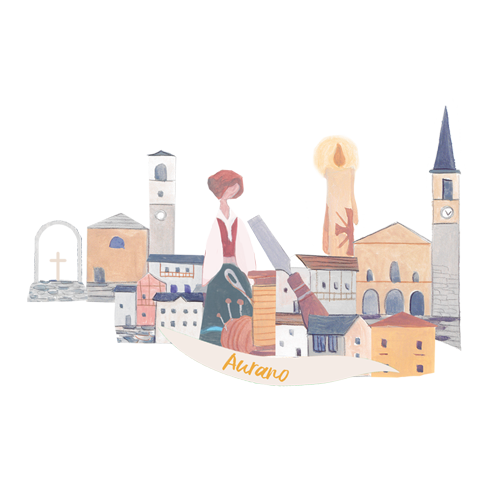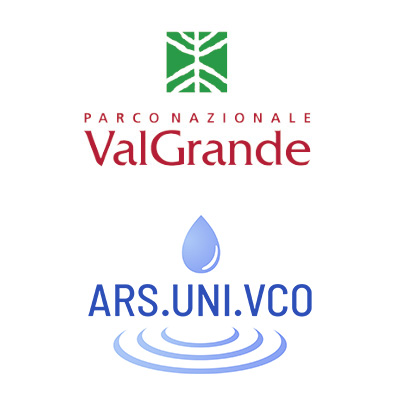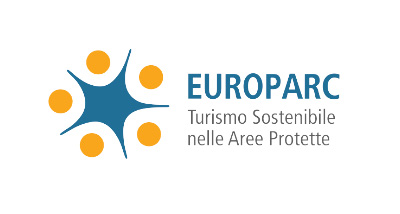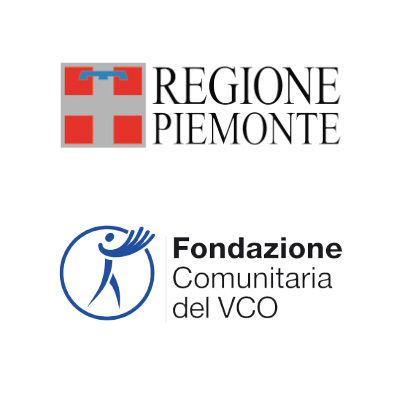Il primo documento storico in cui è riscontrabile l’edificio della Gesola è la mappa del Catasto Rabbini, redatta nel 1864. L’edificio presentava una parte frontale più ampia per accogliere i fedeli e dare protezione in caso di brutto tempo a coloro che si fossero trovati a transitare nelle vicinanze, e una parte più piccola verso monte dove si trovava il piccolo altare e l’immagine votiva. Al suo interno ancor oggi si può ammirare un affresco raffigurante la Madonna circondata da alcuni fulmini; significativamente nella parte soprastante ad esso è presente l’invocazione «Salvaci Maria dai fulmini e le tempeste».
La cappella nel secolo scorso subì un lungo periodo di degrado; infatti grazie alla testimonianza riportata dai parenti di Luigi Martinelli (soprannominato «il Luisin Bel di Cambiasca», classe 1892), si viene a sapere che già a partire dall’inizio del Novecento essa si presentava con la parte a monte recante l’affresco ancora integra, ma con la parte verso valle praticamente diroccata. Nella seconda metà del secolo scorso gli alpigiani la restaurarono, incaricandosi dei lavori di muratura e del relativo trasporto dei materiali da costruzione. In particolare Battista Martinelli, classe 1952, ricorda che a 7 anni vi conduceva l’asino carico di sabbia dalla Valegia d’la Scàta. Negli anni successivi alla sistemazione divenne consuetudine fare celebrare una messa una volta all’anno, usanza che si è conservata fino al giorno d'oggi.
La cappella nel secolo scorso subì un lungo periodo di degrado; infatti grazie alla testimonianza riportata dai parenti di Luigi Martinelli (soprannominato «il Luisin Bel di Cambiasca», classe 1892), si viene a sapere che già a partire dall’inizio del Novecento essa si presentava con la parte a monte recante l’affresco ancora integra, ma con la parte verso valle praticamente diroccata. Nella seconda metà del secolo scorso gli alpigiani la restaurarono, incaricandosi dei lavori di muratura e del relativo trasporto dei materiali da costruzione. In particolare Battista Martinelli, classe 1952, ricorda che a 7 anni vi conduceva l’asino carico di sabbia dalla Valegia d’la Scàta. Negli anni successivi alla sistemazione divenne consuetudine fare celebrare una messa una volta all’anno, usanza che si è conservata fino al giorno d'oggi.
The first historical document that testifies the Gesola building is the map of the Rabbini Land Registry, drawn up in 1864. The building had a larger front to welcome the faithful and give protection in case of bad weather to those who walked in the vicinity, and a smaller part towards the mountain where the small altar and the votive image were located. Inside the church, a fresco depicts the Virgin Mary surrounded by some lightnings; at the top there is the meaningful invocation “Salvaci Maria dai fulmini e le tempeste” (May Mary protect us from lightning and storms).
In the last century, the chapel underwent a long period of deterioration; in fact, thanks to the testimony reported by the relatives of Luigi Martinelli (nicknamed "il Luisin Bel di Cambiasca” - the beautiful Luisin of Cambiasca, born in 1892), it is known that already at the beginning of the 20th century the part towards the mountain with the fresco was still intact, while the part towards the valley was tumbledown. In the second half of the last century the mountain inhabitants restored it and carried out masonry works and the relative transport of the building materials. In particular, Battista Martinelli, born in 1952, remembers that, when he was seven, he brought there the donkey loaded with sand from Valegia d’la Scàta. In the years following the restoration a holy mass was celebrated once a year, a custom that has been preserved until today.
In the last century, the chapel underwent a long period of deterioration; in fact, thanks to the testimony reported by the relatives of Luigi Martinelli (nicknamed "il Luisin Bel di Cambiasca” - the beautiful Luisin of Cambiasca, born in 1892), it is known that already at the beginning of the 20th century the part towards the mountain with the fresco was still intact, while the part towards the valley was tumbledown. In the second half of the last century the mountain inhabitants restored it and carried out masonry works and the relative transport of the building materials. In particular, Battista Martinelli, born in 1952, remembers that, when he was seven, he brought there the donkey loaded with sand from Valegia d’la Scàta. In the years following the restoration a holy mass was celebrated once a year, a custom that has been preserved until today.






